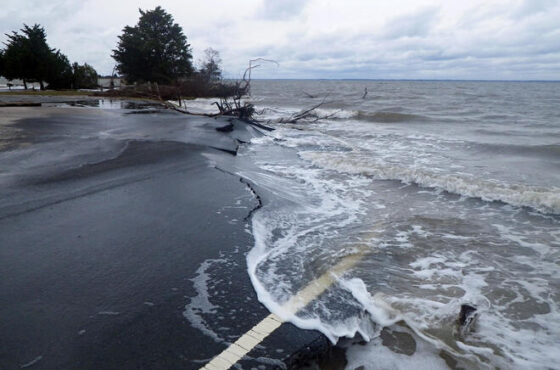White House Should Finalize Nano Reporting Rule
Published by the Natural Resources Defense Fund
Under EPA’s Toxic Substances Control Act (TSCA) Section 8(a) authority, EPA is proposing to require nanomaterial companies to report to EPA on what nanomaterial they are making or importing, how much, by what methods, exposure or environmental release information, and any information the company may have on possible health effects.
The Rule doesn’t ask the company to generate any new data, but just report on what the company already knows, and do it BEFORE the material is manufactured or processed.
The rule is now under review by the Office of Management and Budget (OMB) – the economic arm of the White House – that has been called the place where rules go to die. Well, EPA’s Proposed Rule on Nanomaterials Reporting and Recordkeeping is one I’d like to see finalized, and soon!
EPA first started working on this rule in 2009, sent a draft to OMB for review in 2010, collected public comments in 2015, and sent it back to OMB in a finished form in late 2016. And, although the Rule has moved slowly through the regulatory process, nanotechnology has not. In the last decade (since 2005) EPA has received and reviewed over 160 applications for new nanomaterials, including the carbon nanotubes that look and act much like asbestos (see report by U Mass Lowell, 2014) .
Nanoscale chemicals (nanomaterials) are in products from all commercial sectors ranging from sports equipment to agrochemicals to clothing. Increased concern for potential health and environmental impacts of chemicals, including nanomaterials, in consumer products is driving demand for greater transparency regarding potential risks. To that end, we recently published the results of our research using the GreenScreen hazard assessment method to show both hazards and data gaps for conventional silver and nanosilver approved by EPA for commercial uses (Sass et al 2016). The ability to conduct hazard assessments like the GreenScreens we published depends on reliable and publicly available information. EPA’s Rule is an important tool to gather relevant data on nanomaterials to inform hazard assessment, regulatory decisions, and industrial product design and development.

Understanding nanometer size httpsnano.cancer.govlearnunderstanding.jpg
Unfortunately, EPA’s proposal has some weaknesses. It proposes to exclude from the requirements of this rule nanoclays, zinc oxide, and chemical substances manufactured at the nanoscale as part of a film on a surface. We disagree with EPA’s position that these materials are either well-characterized or that they present little exposure potential. We believe that exclusions should not be given without the data to support the claims. EPA, the public, processors, formulators, risk assessors, and others need robust, reliable, and publicly available information to evaluate and validate product and material safety claims. We would urge EPA to drop the proposed exclusions in the final rule.
You can view the Rule and its progress through OMB review here.
Read the full article at: https://www.nrdc.org/experts/jennifer-sass/white-house-should-finalize-nano-reporting-rule




